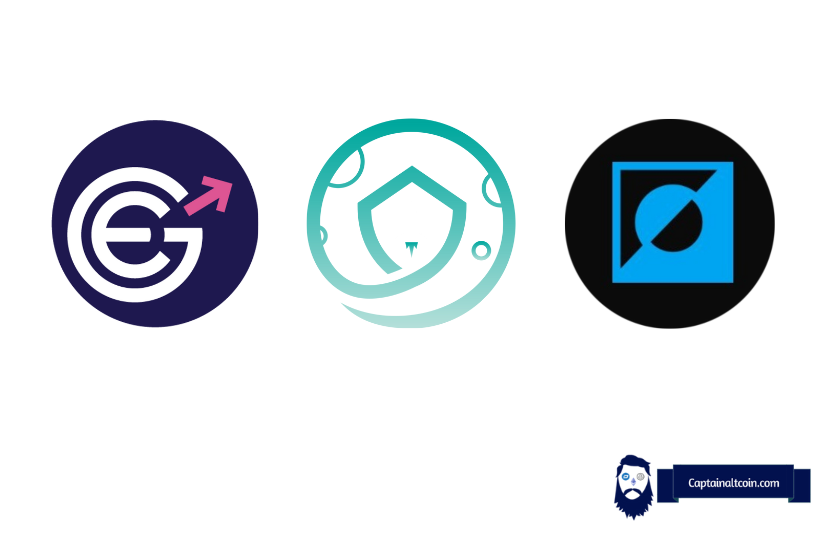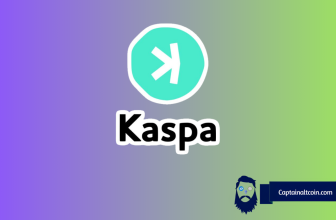
What you'll learn 👉
What are Token Reflections?
Reflection tokens represent a form of taxation on crypto transactions implemented on the protocol level.
They are similar to taxes levied on stocks and bonds, except it’s applied to crypto assets. These types of taxes are known as “reflection tokens” because they reflect the gains and losses of the underlying asset.
The tax is imposed on the sellers of the token, meaning that a percentage of their gains is taken when they sell. Let’s assume that the ‘dividend’ a seller needs to pay is 5%. If you bought $100 worth of some DeFi token that has reflection taxes built-in, and today you sold half of it for $50, your net amount would be shaved off by $2.5 to the benefit of the reflection token contract.
In some projects, this also applies to buyers. For example, if you purchased $10 worth of some DeFi token yesterday, and today you decide to buy half of it for $5, you also pay a 5% tax to the reflection token contract.
This type of tax is designed to encourage the long-term holding of digital currencies. Because of this, many people believe that reflections are a good thing. However, reflection tokens have disadvantages.
There are several downsides to reflections.
First, they take away from the overall trading volume of the market, which makes prices less accurate.
Second, they increase volatility, making it harder to predict future price movements.
Third, they discourage traders from buying and selling often since they incur fees on every trade.
Finally, they decrease liquidity and increase barriers to entry.
Taxing Token Reflections
Whether token reflections should be considered income, like staking rewards and interest or only realized in an eventual capital gain event, such as a buy or sale, is currently a fuzzy area in most countries. Reflections are unpredictable and can happen numerous times in a second, making it almost impossible to record them all.
Reflections should be recorded by documenting the change in tokens held over a consistent timeline so that you can be prepared to pay your tax obligations when additional clarity is provided.
For instance, if there is clarity on how they may be handled in the near future, recording the changes in your portfolio over a set period of time (for example, 24 hours) may be helpful.
It’s a good idea to talk to a tax expert about your options so that you can choose the one that works best for you.
Read also:
- How to do your Kraken taxes
- How to do your Kucoin taxes
- How to do your Pancakeswap taxes
- How to pay taxes on NFTs
- How to pay taxes on crypto staking
How Does A Crypto Reflection Token Work?
Reflection tokens work by taxing transactions in a project’s network and then redistributing a percentage of it as tokens to existing holders. These tokens are generated by the network itself and reflect the value of the coin. They’re similar to dividends paid out to shareholders in traditional companies.
The idea behind reflections is to eliminate volatility in prices. When you buy a coin, you don’t actually pay for anything; rather, you’re simply lending your money to the network. As more people lend their money, the network grows. When someone wants to sell their coin, the network automatically pays them back with newly minted coins. By doing this, everyone wins. The seller gets its money back plus interest. And since the network is growing, the total supply of coins increases, reducing the overall demand for each coin.
This process continues indefinitely. If there are no buyers, sellers, or borrowers, the network collapses. However, if enough people want to borrow, lend, or trade, the network grows again. In this way, the market determines how many coins are produced.
Examples of crypto reflection tokens
With its innovative reflection system, EverGrow Coin attracted investors at a record rate on the BNB Chain. The transaction fee for using EverGrow Coin is 14%, of which 8% goes directly to investors. Coin holders of EverGrown Coin (EGC) are not rewarded in EGC. Instead, EverGrown Coin distributes its earnings in Binance USD (BUSD), stable crypto.
In just five months, Evergrow Coin has amassed more than $35 million in reflected payments, and the company is still hard at work on new apps to bring in even more rewards for loyal investors.

Safe moon (SAFEMOON) was one of the earliest reflective tokens in the crypto world, launching just over a year ago. The initiative has approximately 2.5 million investors and a $2 billion market worth. Its smart contract adds a 10% fee to any Safemmon transaction, with 5% going to investors and the remaining 5% going to its liquidity pool.

The Reflect Finance Token, or RFI, is a reflection token built on the Ethereum platform. All RFI transactions have a 1% fee, which is equally split amongst all coin holders. The sum will be proportional to the size of the investor’s stake. Token holders of RFI can also participate in yield farming and staking without risk to RFI reflections.









